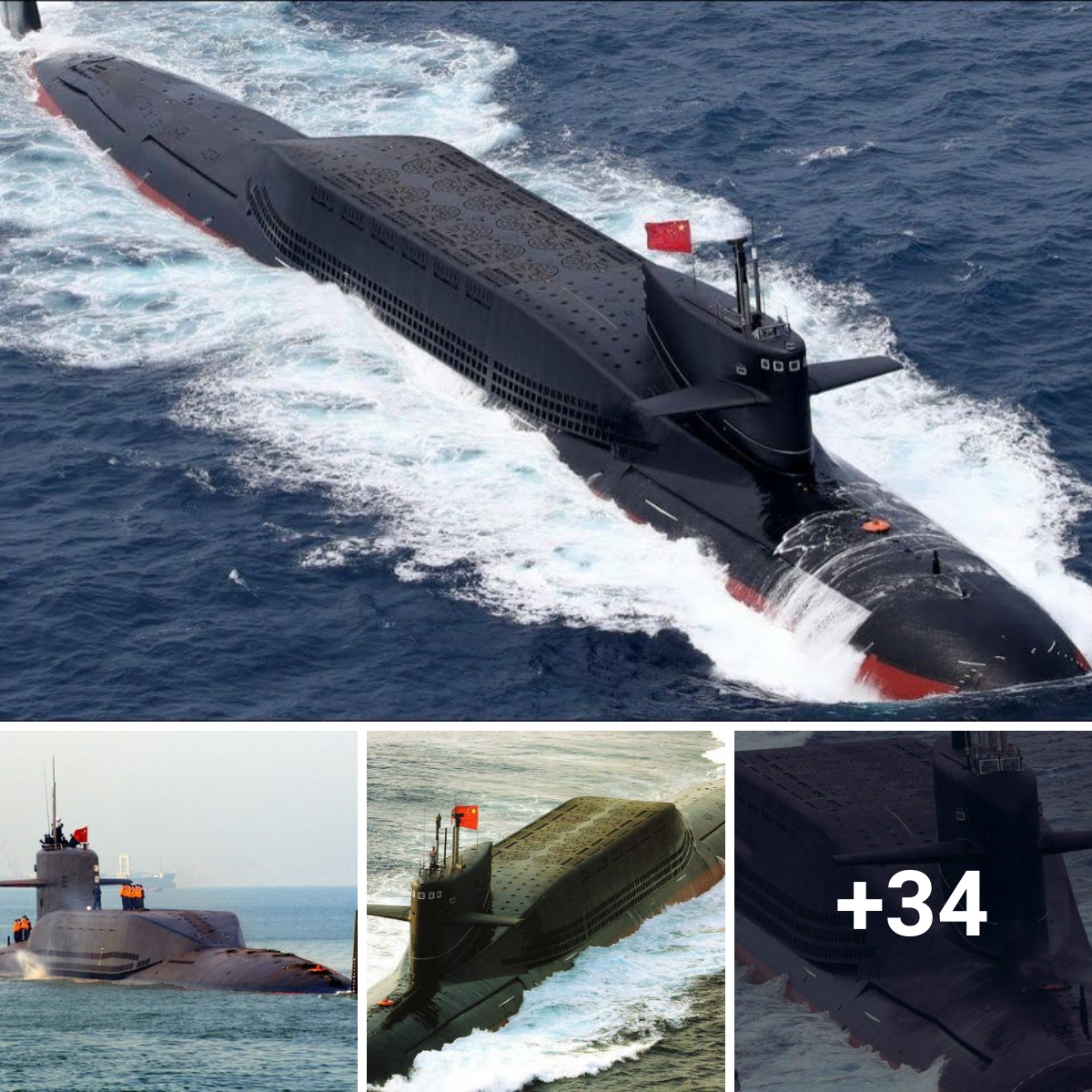
Ads by MaxValue.Media
The M109 Paladin, a formidable self-propelled howitzer, has played a pivotal role as the principal self-propelled artillery support for U.S. Army divisions. Manufactured by BAE Systems and in service with the U.S. Army, this 27.5-ton behemoth boasts impressive specifications that make it a force to be reckoned with on the battlefield.
Specifications:
Weight: 27.5 tons
Length: 30 feet
Width: 10 feet 4 inches
Height: 10 feet 8 inches
Crew: 6
Max Rate of Fire: 6 rounds per minute
Sustained Rate of Fire: 3 rounds per minute
Range: 11 miles
Armament: M126 155 mm Howitzer; .50 caliber M2 machine gun
Engine: Detroit Diesel 8V71T
Range: 216 miles
Speed: 35 mph

The M109 features a fully traversable turret and a distinctive bustle. Initially equipped with a short, 23-caliber barrel, later iterations, such as the M109A6 Paladin, are equipped with a longer 39-caliber barrel.
The vehicle accommodates a crew of six, including the commander, gunner, driver, and three ammunition handlers. Its all-welded aluminum armor hull provides protection against small-arms fire and shell splinters.
At the front left of the hull, the driver operates the vehicle with the powerpack to the right and the turret positioned at the rear. The driver’s hatch cover can be opened to the left, with three M45 day periscopes for visibility. Additionally, one of the day periscopes can be replaced with a passive night-vision periscope.

Powering the M109 is the Detroit Diesel Model 8V-71T engine coupled with an Allison Transmission XTG-411-4A cross-drive transmission.
The turret, also constructed from all-welded aluminum armor, features square hatches on each side that open to the rear and twin rear doors. The commander occupies the right side of the turret, equipped with a cupola that can swivel 360 degrees, a hatch cover, and an M27 day periscope. A .50-caliber M2 heavy-barrel machine gun is pintle-mounted on the front of the cupola.
The gunner’s station is on the left side of the turret, with a square hatch cover that opens to the right. The twin rear doors facilitate ammunition resupply. Notably, large spades on each side of the hull are manually deployed to the ground before firing, primarily used when firing top charges.

The M109 is equipped with night-vision capabilities but lacks nuclear, biological, and chemical (NBC) warfare protection. It can be adapted for amphibious operations using an amphibious kit consisting of nine air bags, enabling the vehicle to traverse rivers on its tracks at a maximum speed of 4 mph (6 km/h).
The primary armament of the M109 is the 155-mm M126 howitzer mounted in an M127 mount, featuring a fume extractor and large muzzle brake. The recoil system is hydropneumatic, and the breech block uses the Welin-step thread type. Gun elevation, depression, and turret traverse are hydraulic, with manual controls for emergency situations.
Fire-control equipment includes an elbow telescope M118C for direct fire with 4x magnification and a 10-degree field of view, a panoramic telescope M117 for indirect fire, and the gunner’s quadrant M1A1.

The M109 Paladin, initially produced in 1963 and continually improved over the past four decades, is now undergoing a comprehensive overhaul as part of the Paladin Integrated Management (PIM) upgrade. This modernization effort includes significant changes to the chassis, engine, transmission, suspension, steering system, and electric ramming system, while retaining the formidable 155-mm cannon. The PIM upgrade ensures the M109 Paladin remains a vital component of the U.S. Army’s artillery arsenal, adapting to the evolving demands of modern warfare.





